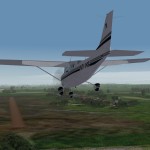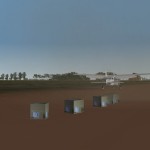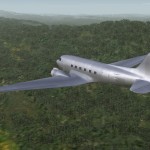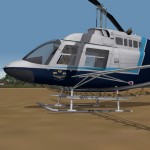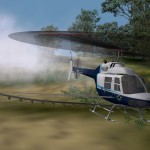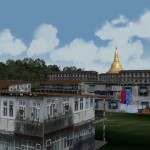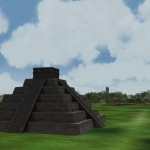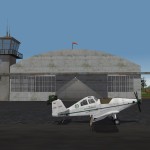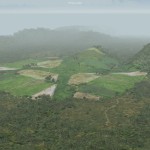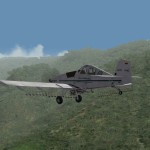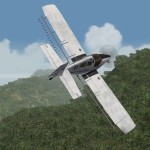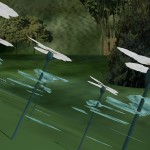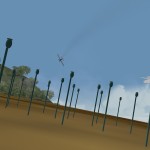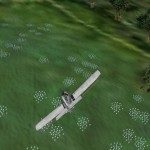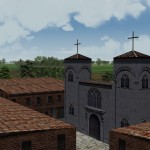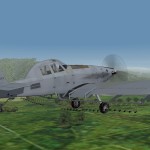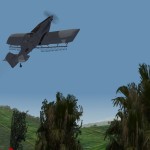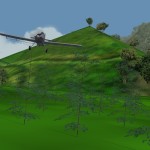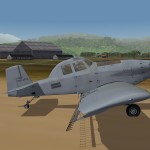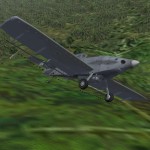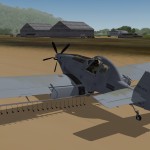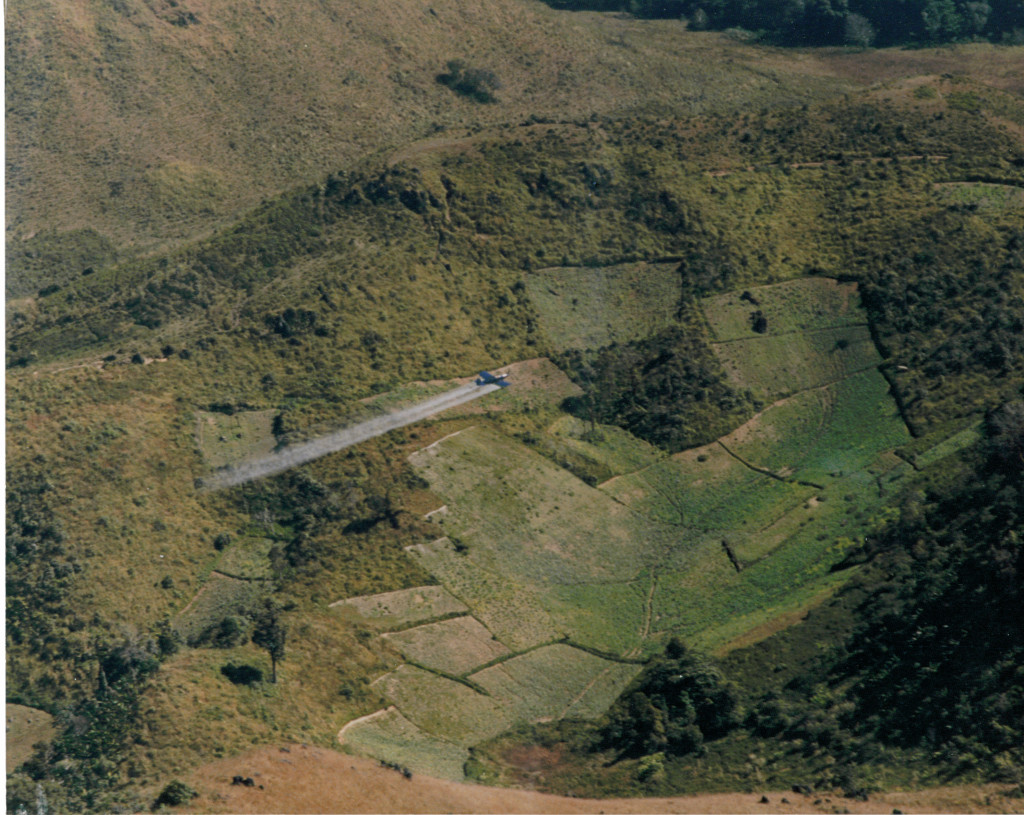
The first opium poppy spray job in the Golden Triangle is pictured here on a mission near Pin Luang, Burma in 1984.
The War On Drugs began 50 years ago.
It cost billions. It destroyed non-target plants.
It killed pilots.
It failed.
DrugWar tells the largely unknown story of aerial spray of narcotic plants throughout the world from its beginning in Mexico to its possible end in Colombia. Yankee Air Pirate tells the real stories of pilots. As in all wars, men paid with their lives. Their exploits deserve to be remembered.
The dates and locations are correct. We have omitted the names of the men killed. Most of our missions ended with an airplane destroyed. In real life, many aircraft were hit. Pilots were killed, wounded, and rescued. The details are enshrouded in official statements and sketchy news reports. It was dangerous work.
DrugWar Gallery
We start the story in 1969 after Operation Intercept failed to stop the flow of drugs from Mexico into the US. The offshoot was the education of pilots on how to avoid radar to cross the border. We place you at the controls of an unmarked DC-3 on a dirt strip near Ciudad Obregon, Mexico.You have 240 kilos of marijuana bundles aboard to smuggle across the Arizona border to the San Rafael Ranch.
Seeking another way to impact supply, the State Department decided upon killing the plants where they grow. The first spray program was performed by Bell 206's in Mexico in the early 1970's using paraquat on marijuana. These were operated by Procuraduría General de la República or PGR. That program was followed by DEA Operation Trizo using Bell 204's flown by Vietnam veterans to kill poppies in the Sierra Madre using 2-4,D (a major ingredient in Agent Orange). The helicopters could work without runways but were limited in load, range and altitude.
With the declaration of the "War on Drugs" by the Reagan Administration, the State Department procured crop dusting airplanes to kill opium poppies and coca plants. Conceived without real world experience, another Bad Idea began. Like so many other Bad Ideas, it developed it's defenders and they developed their defenses. By now, myths have been retold so many times, the truth is only a part of the story.
In 1983, the State Department turned to Ayers Corporation to build the the T-65 Turbine Thrush. Nine were sold to the Department of State between 1983 and 1985. In 1984, experimental spraying was conducted in Burma. Although the herbicide 2-4,D certainly killed the poppies, the Burmese military was more interested in how these aircraft could be used to kill their enemies. By 1988, the program was halted and before Congress, it was admitted that it was an "expendable failure". The 3 aircraft now in Burma supposedly treated 60000 acres. Planted acreage increased and became guarded by real defenses. Favored opium dealers (like Khun Sa) were avoided while his competitors were sprayed. Buying the product literature at face value, the State Dept. claimed their equipment was very accurate. Anyone associated with aerial spray knows that is impossibly false. At the heights above the ground that were used, the environmental and food crop damage has been reported to be dramatic.
The Mexican cartels began to force Guatemalan farmers to grow opium poppies. They were sprayed by the Bureau of International Narcotics Matters. The big blue aircraft were seen in Belize and at La Aurora airport in Guatemala City. From the beginning, the farmers began to lose their adjacent crops and the State Dept. began to deny culpability. The cartels began to shoot. Before ending the program, a plane went down killing the pilot (a Golden Triangle veteran) and injuring the observer. The crash was blamed on engine failure. While possible, the PT-6 is the most reliable engine in the world. The "engine failure" may have been fuel starvation, pilot error or ground fire.
Cocaine shifted focus on Colombia and the $7.5-billion Plan Colombia. T-65 losses took a toll on the sprayer fleet to the point that replacements were needed. State turned to Leland Snow of Air Tractor Inc. for the AT-802. In 2002, eight AT-802's were purchased for South America. In 2007, seven more AT-802 purchased for Colombia.
Recently, Colombia announced cessation of the aerial spray program of Roundup on Colombian coca plants. Whether this is still the case, we do not know but it has not stopped mission creep. What was initially supposed to be program to destroy narcotics at their growing source turned into counter-insurgency activity. It is the legitimate business of the State Department to befriend nations and gain influence and if that means helping them fight their foes, then so be it. But spraying dangerous herbicides is an unnecessary ruse that increased acreage, destroyed non-target foliage and acted as a cover for US military intervention in civil wars.
And so we end DrugWars with a story from 2015 off the coast of California with a CBP Blackhawk helicopter firing warning shots at a smuggler's boat.
You will play around the world in a terrain we call Narcos. Spray what you can for points and avoid getting killed.
Aircraft: Cessna 206, C-47, Bell 206, Ayers T-65, AirTractor AT-802, UH-60A
Extra: Thrush S2R, Thrush S2T, Bell 47 G2, Gee Bee Z.
DrugWar runs on Windows XP, 7 and 8. You must have Wings Over Vietnam installed and patched to October 2008
We have not fully tested YAP products in Windows 10 and do not advise buying until we have.
DrugWar Digital Download, Wings Over Vietnam Required (not included)
Buy Wings Over Vietnam from Thirdwire site (Yes, it runs on Win 7 & 8)
